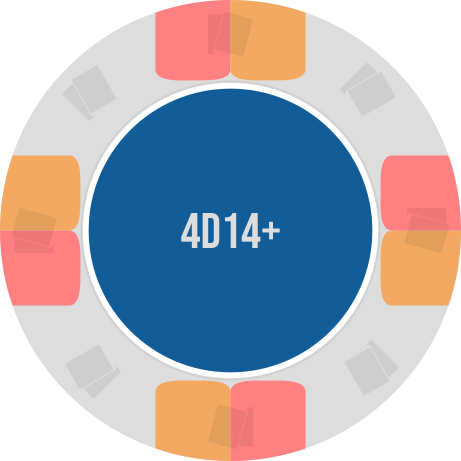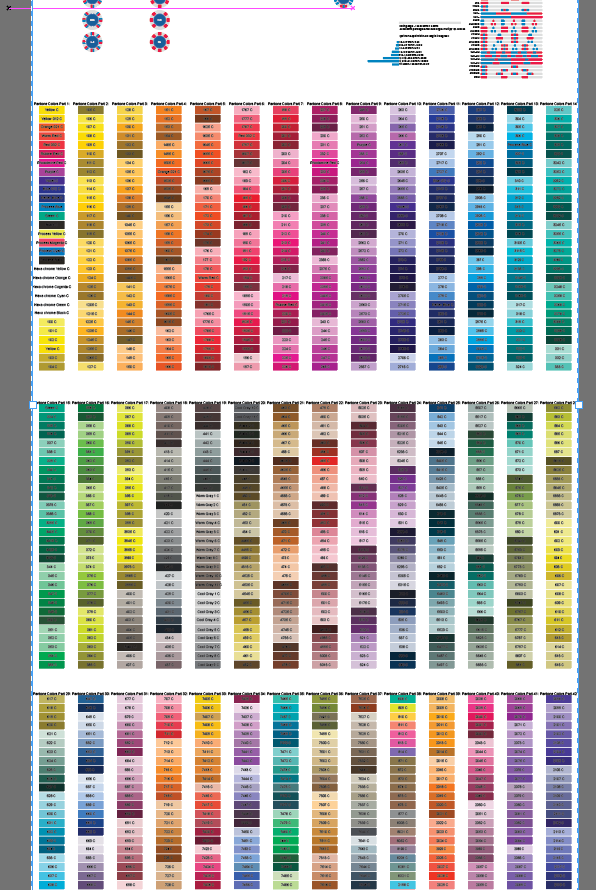eightyWon
Straight
I recently became interested in making a China cards mold set and decided to create a vector template for some of the common edge spot patterns. I'm sharing it with the community in case anyone else finds it useful.
It was created in Inkscape and converted to use the CYMK color space using Scribus and this method and is an svg file. Here's an export of what's inside:

The center area is 25mm in diameter including a .5mm white border.
So, in honor of my 148th post, the file:
011722
011622
1103
1101
1031
1030
1028
Feedback very welcome, good, bad, or otherwise.
Obviously, if you have any questions/doubts about using/editing this file and producing print-ready output, working with an actual experienced graphic designer (which I'm not) is best
todo:
-add more edge spot patterns
-add an alternate set with roughened edge spots (to mimic clay imperfections)
-add inlay options (oversized, shaped, etc.)
edits:
-now includes all Alibaba vendor China clay Pantone colors (011722)
-converted to an AI-based file, all CPC spot patterns and rolling edges now included, China clay Pantone color swatch started (011622)
-updated to fix rolling edges based on feedback (1103)
-updated to add some initial rolling edges (1101)
-updated to fix some mixed up spot colors and an initial attempt at a few rolling edges (1031)
-updated file to fix some imperfections in various chip templates (1030)
-updated based on the great feedback from timinater.

The center area is 25mm in diameter including a .5mm white border.
So, in honor of my 148th post, the file:
011722
Feedback very welcome, good, bad, or otherwise.
Obviously, if you have any questions/doubts about using/editing this file and producing print-ready output, working with an actual experienced graphic designer (which I'm not) is best
todo:
-add more edge spot patterns
-add an alternate set with roughened edge spots (to mimic clay imperfections)
-add inlay options (oversized, shaped, etc.)
edits:
-now includes all Alibaba vendor China clay Pantone colors (011722)
-converted to an AI-based file, all CPC spot patterns and rolling edges now included, China clay Pantone color swatch started (011622)
-updated to fix rolling edges based on feedback (1103)
-updated to add some initial rolling edges (1101)
-updated to fix some mixed up spot colors and an initial attempt at a few rolling edges (1031)
-updated file to fix some imperfections in various chip templates (1030)
-updated based on the great feedback from timinater.
Last edited:


